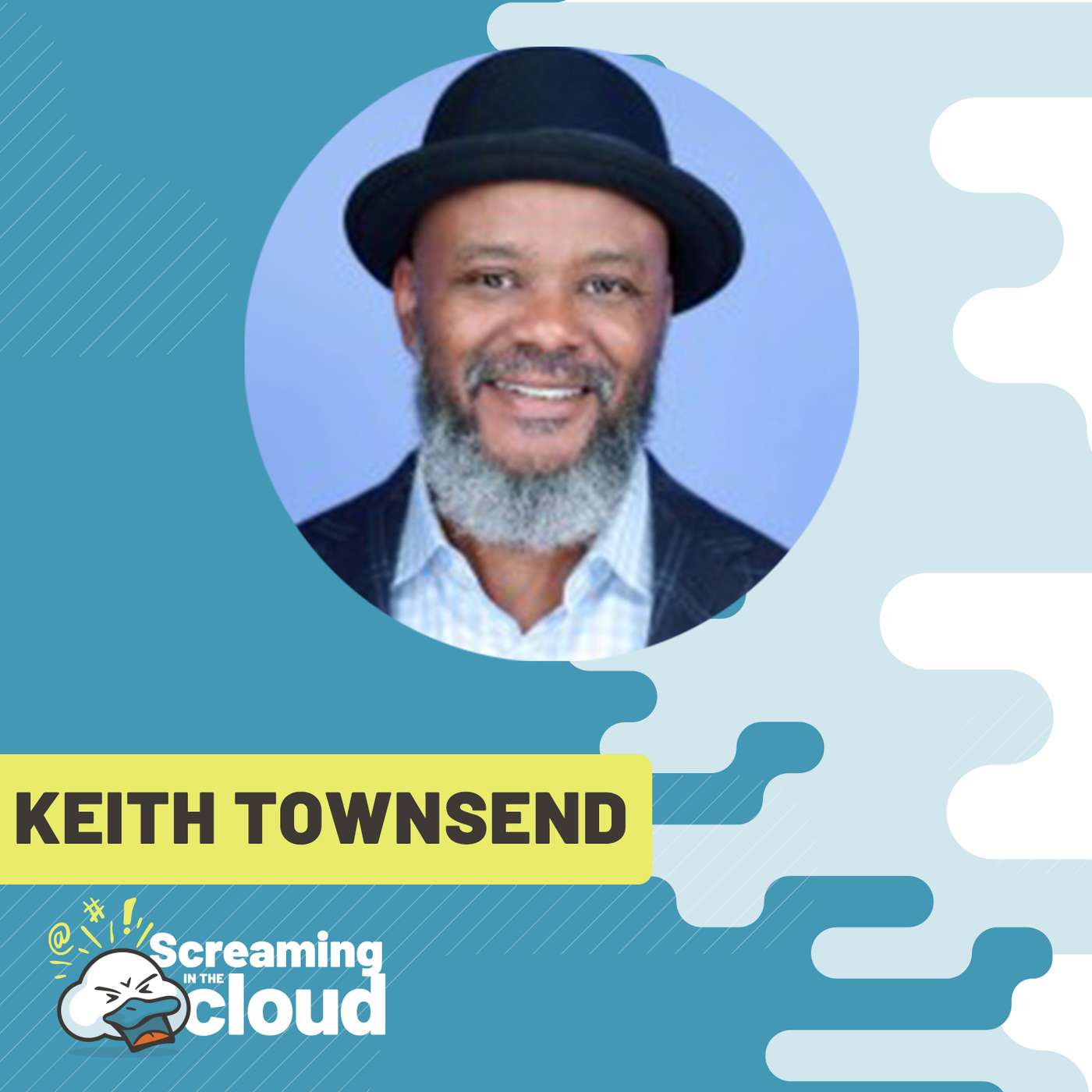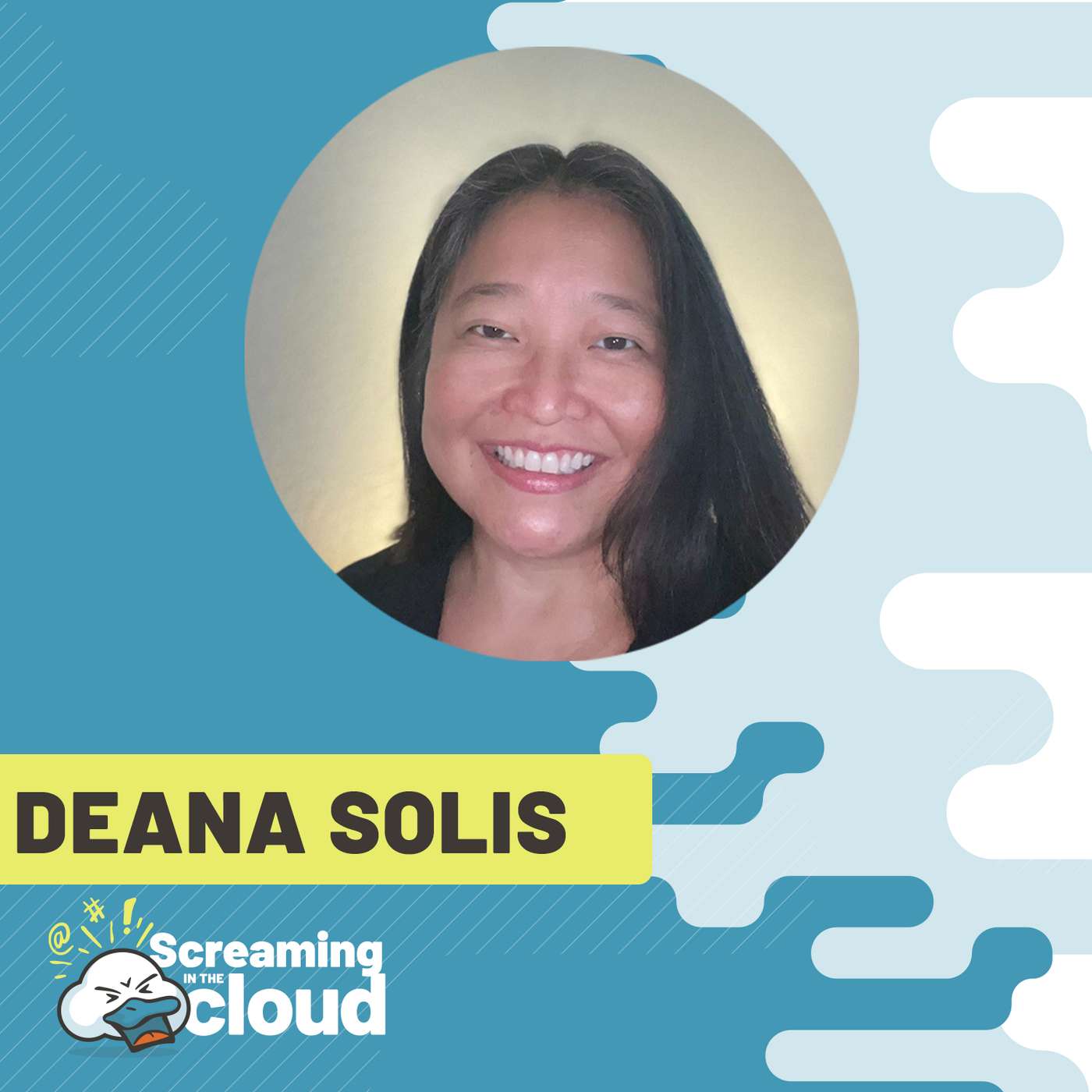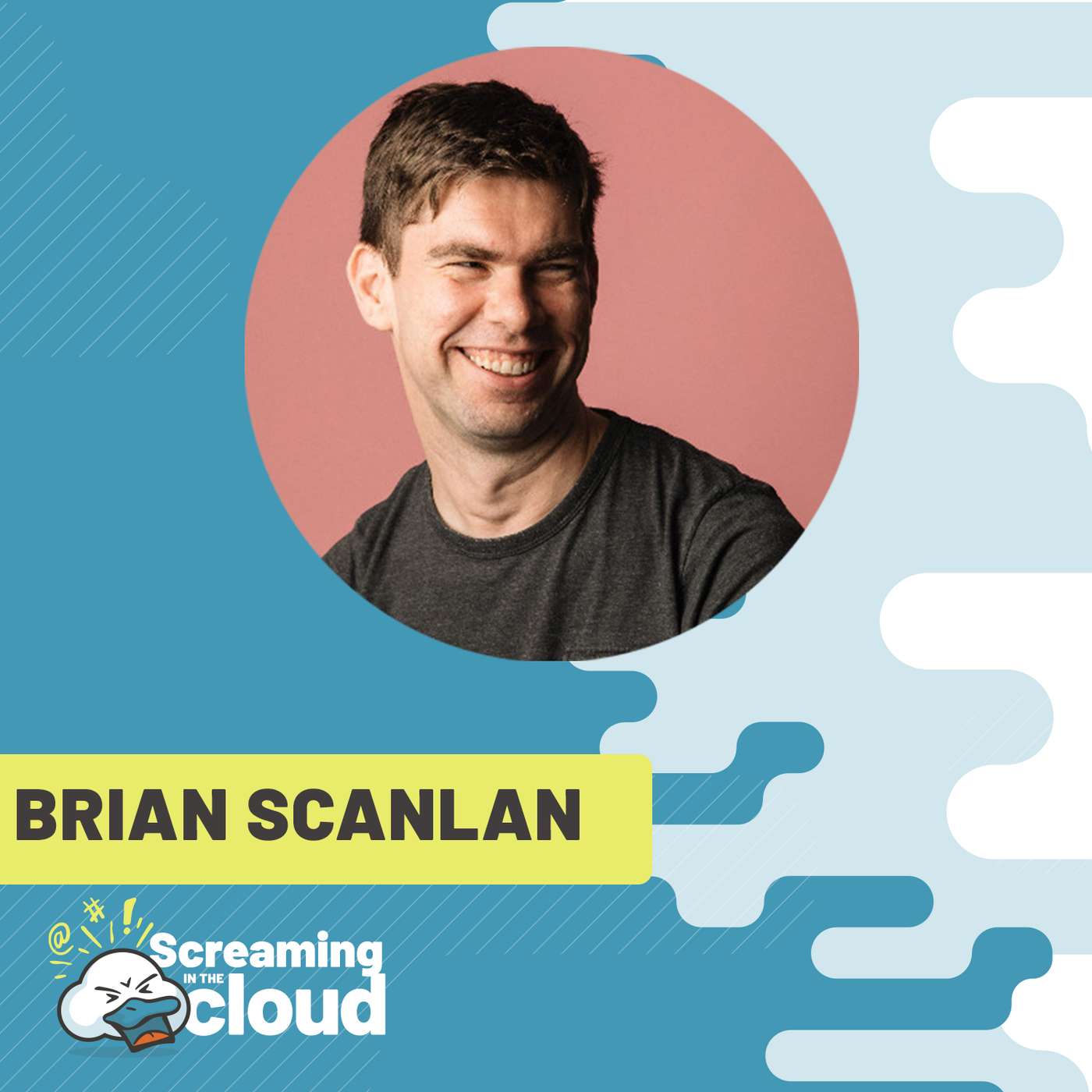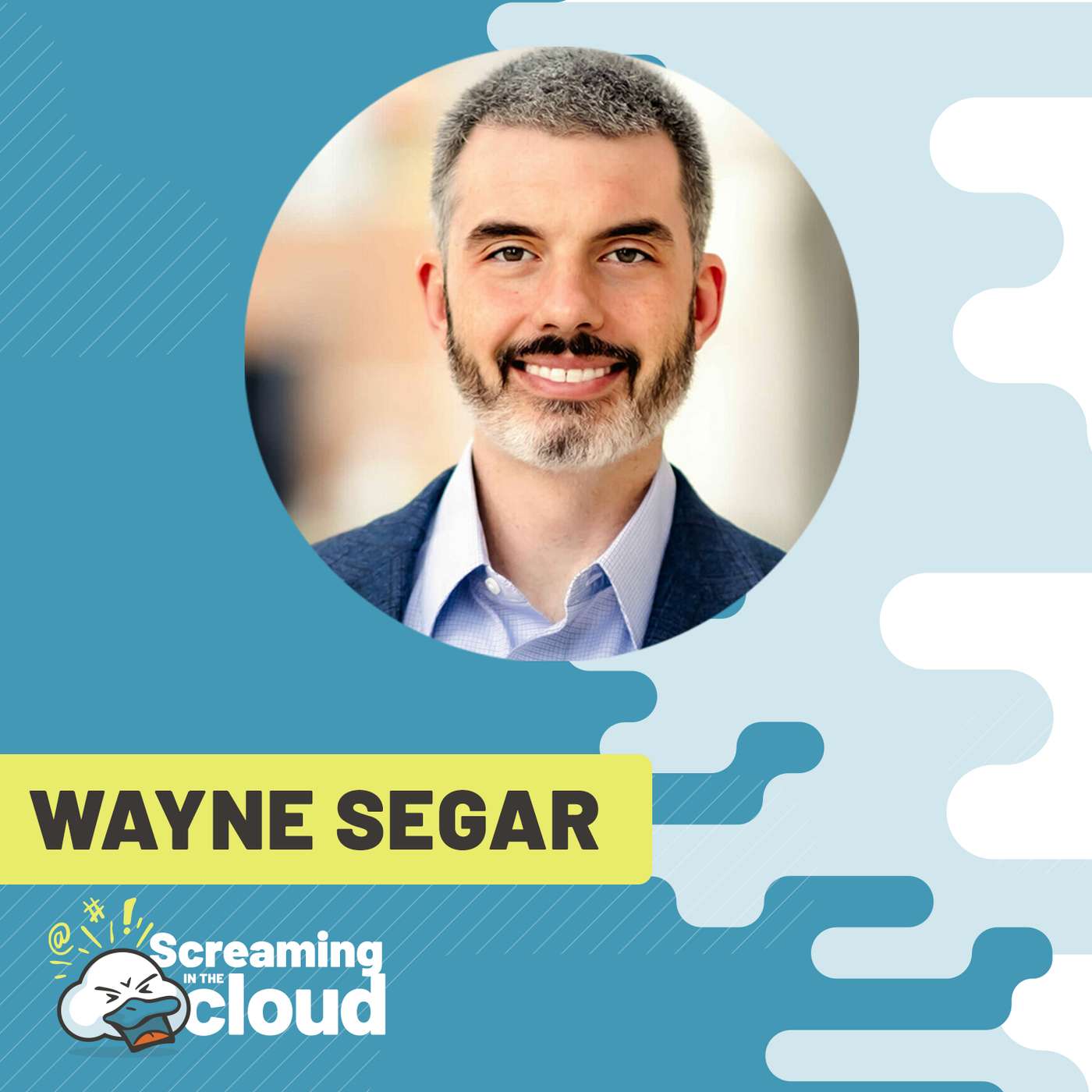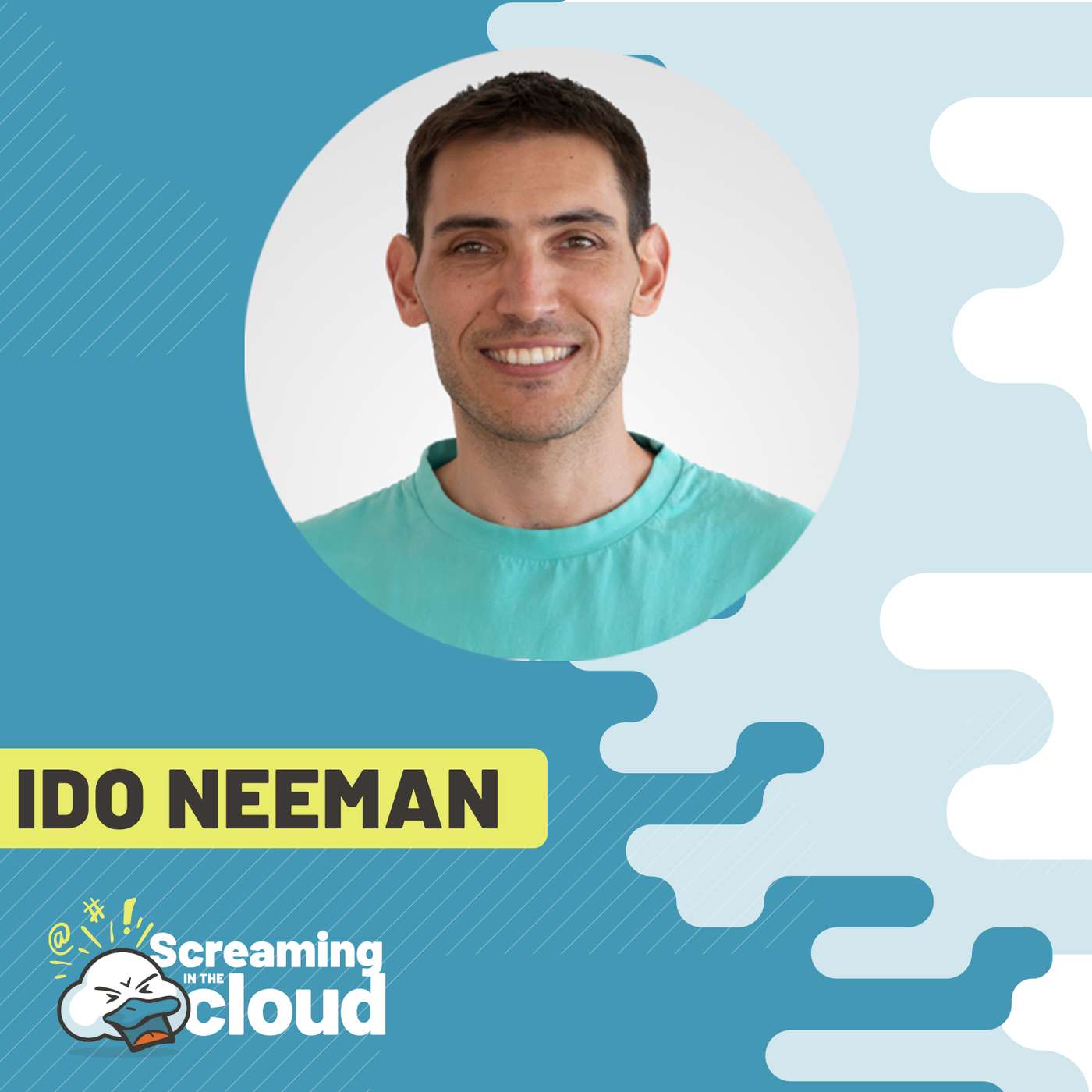All Things Azure with Dwayne Monroe
Update: 2020-06-30
Description
About Dwayne Monroe
I've been a technologist, in some form, for most of my conscious life (starting with a Sinclair kit computer). I work as a cloud architect, focused on Azure and spend a lot of time thinking and writing about that (particularly controlling spend). Besides that, I enjoy a good Bordeaux or martini, travel and my life as a transplant to Amsterdam.
Links Referenced:
- https://retool.com/
- https://twitter.com/cloudquistador
- https://www.linkedin.com/in/cloudquistador/
- http://monroelab.net/projects/cmdlet-daily/
- Books on Amazon
Comments
In Channel


